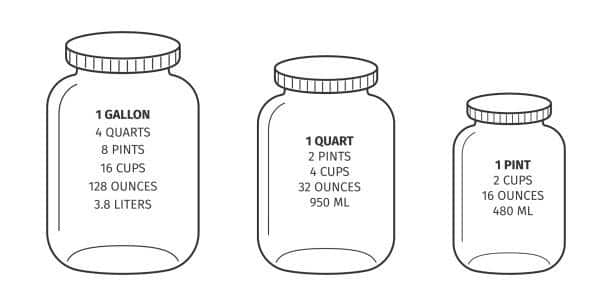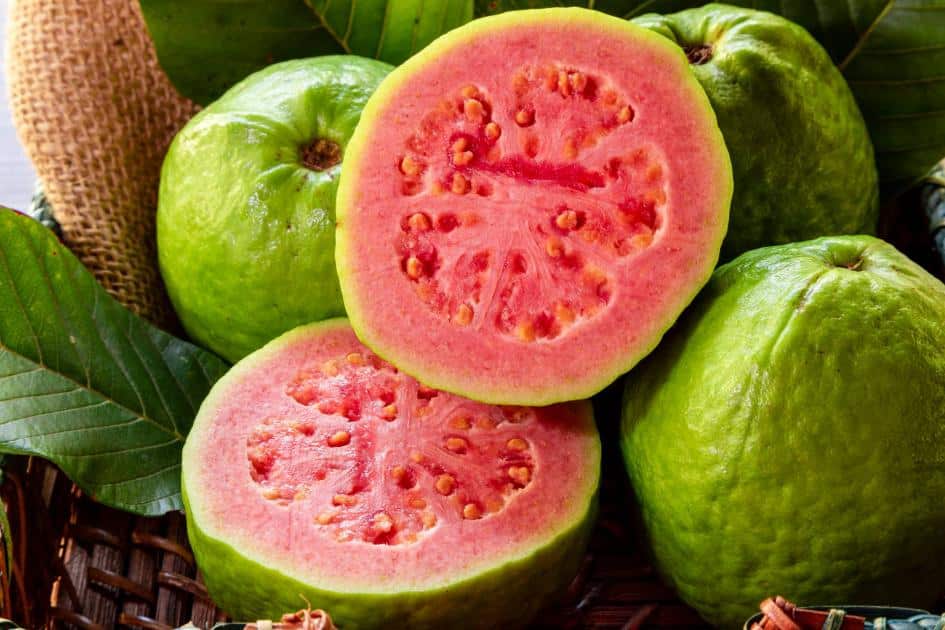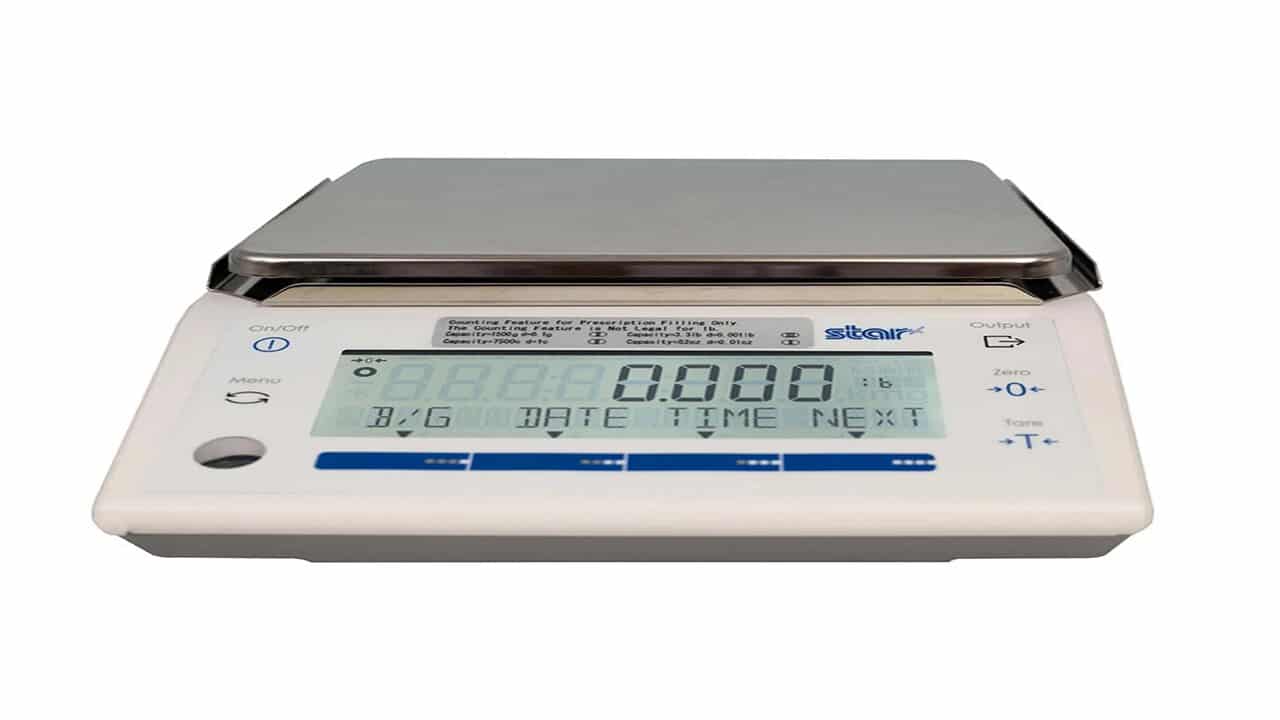Toasting coconut is a culinary technique that transforms the humble coconut into a golden, aromatic delight, adding depth and richness to sweet and savory dishes. This simple yet impactful process elevates the flavor profile of coconut, turning it into a versatile ingredient that can enhance a wide range of recipes. In this article, we will explore the art of toasting coconut and how it can be used to unlock new dimensions of taste in your culinary creations.
Table of contents
Why Toast Coconut?
Toasting coconut goes beyond merely enhancing its flavor; it also introduces a delightful crunch and an enticing aroma to your dishes. The toasting process brings out the natural oils in coconut, intensifying its nutty and sweet notes while adding a satisfying crispiness. Whether incorporating it into desserts, breakfast dishes, or savory meals, toasted coconut can be a game-changer in the kitchen.
How to Toast Coconut:
Ingredients:
- Shredded or flaked coconut (unsweetened for versatility)
- Baking sheet
- Parchment paper (optional)
- Oven or stovetop
Method:
- Preheat your Oven: If you’re using an oven, preheat it to 325°F (163°C). Make sure the oven rack is in the middle position.
- Prepare the Coconut: Spread the shredded or flaked coconut evenly on a baking sheet. If you prefer, line the sheet with parchment paper to prevent sticking.
- Even Layer: Ensure the coconut is spread in an even layer. This promotes consistent toasting and prevents some pieces from burning while others remain undercooked.
- Into the Oven: Place the baking sheet in the preheated oven. Keep a close eye on the coconut as it toasts quickly, and you want to achieve a uniformly golden color.
- Stirring or Shaking: Stir or shake the coconut every few minutes to promote even toasting. This step helps achieve a golden brown color on all sides.
- Watch Closely: The toasting process usually takes around 5-10 minutes. Keep a close eye on the coconut during the last few minutes to prevent over-browning.
- Cooling: Once the coconut reaches your desired toasting level, remove it from the oven and let it cool on the baking sheet. The residual heat will continue to toast the coconut slightly, even after removal.
Culinary Applications:
Now that you’ve mastered the art of toasting coconut, it’s time to explore its diverse uses in the kitchen.
1. Desserts:
Sprinkle toasted coconut over ice cream, yogurt, or puddings for added texture and flavor. Incorporate it into cookie or cake batters for a delightful crunch.
2. Breakfast Creations:
Add a sprinkle of toasted coconut to your morning smoothie bowls, oatmeal, or cereal for an exotic touch. It pairs exceptionally well with tropical fruits.
3. Savory Dishes:
Toasted coconut can be a surprising addition to savory dishes. Use it as a topping for curries, salads, or grain bowls to introduce a unique flavor and crunch.
4. Snacking:
Enjoy toasted coconut as a snack, or mix it with nuts and dried fruits for a homemade trail mix. The toasty, sweet flavor will make it irresistible.
Frequently Asked Questions
No, coconut is not a proper nut. It’s classified as a drupe, a fruit with a hard outer layer surrounding the seed.
Coconut water is the clear liquid inside a young green coconut, while coconut milk is made by blending coconut meat with water, resulting in a creamy drink.
Yes, raw coconut oil is safe to consume. It’s commonly used in cooking and baking for its distinct flavor and potential health benefits.
Yes, coconut is high in saturated fats. However, it primarily contains medium-chain triglycerides, which some studies suggest may have health benefits.
Sweetened coconut has added sugar, while unsweetened coconut lacks added sugars, providing a more neutral flavor for versatile culinary use.
Conclusion
Toasting coconut is a culinary journey that transforms a familiar ingredient into something extraordinary. The enhanced flavor, crunch, and aroma make toasted coconut a versatile addition to your culinary repertoire. Experiment with this technique in sweet and savory dishes, and let your taste buds embark on a tropical adventure with every bite. Elevate your cooking with the simple yet powerful artistry of toasting coconut.
References
- thespruceeats.com: How to Toast Coconut.
- thepioneerwoman.com: How to Toast Coconut.






